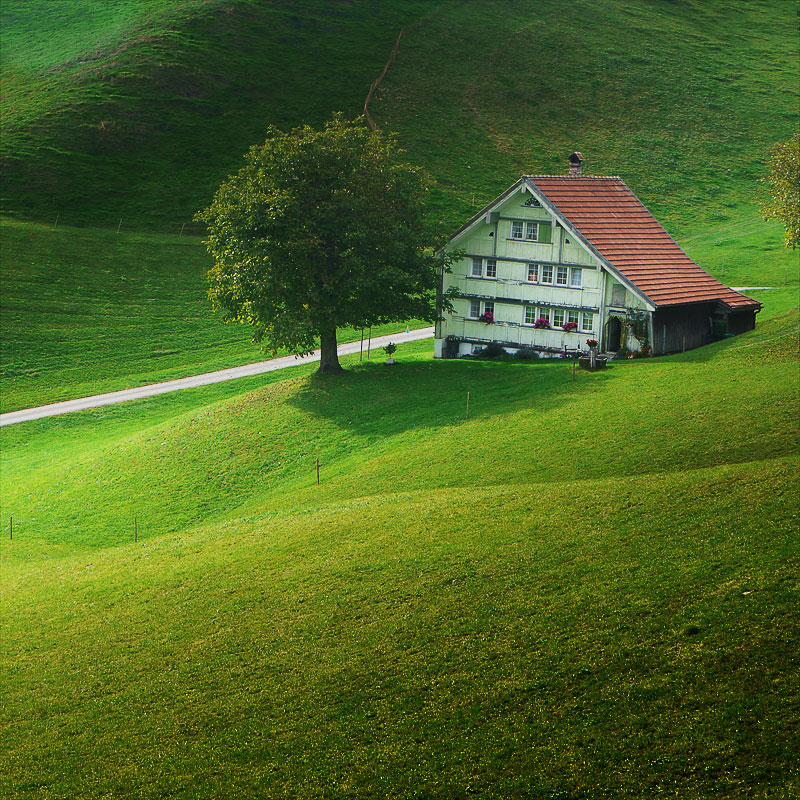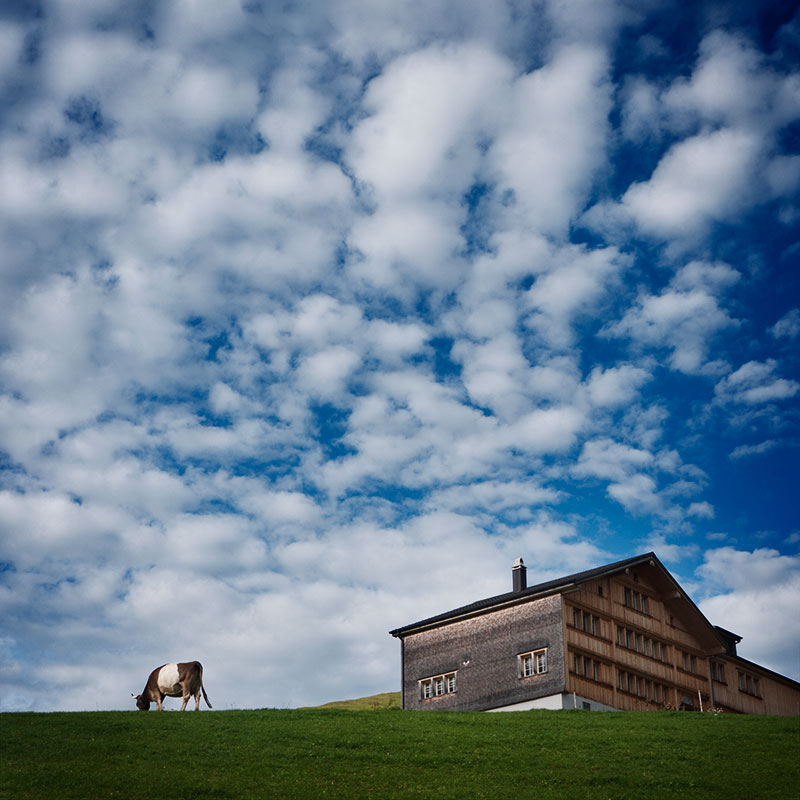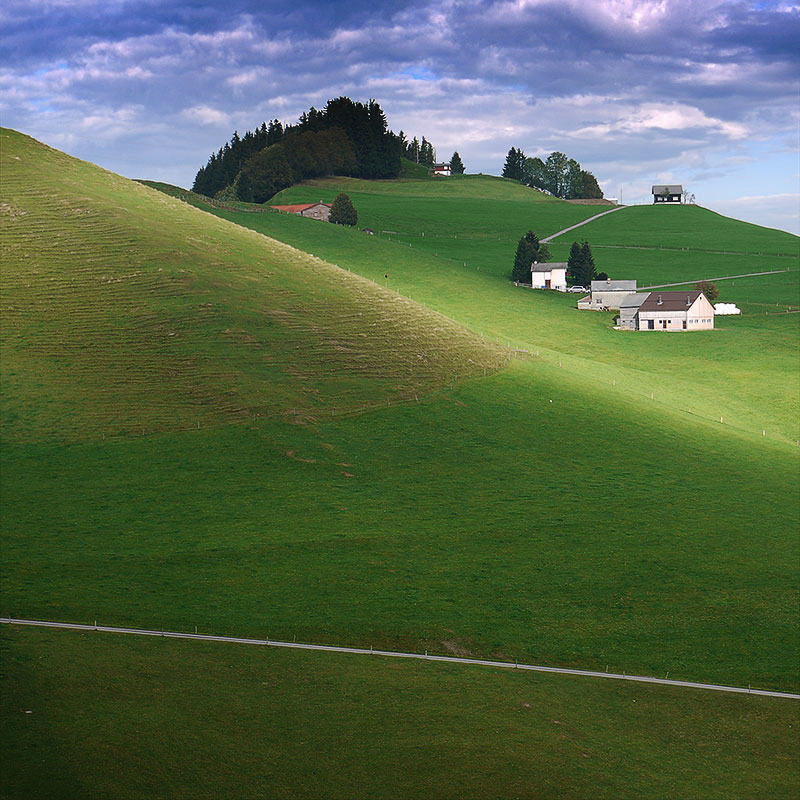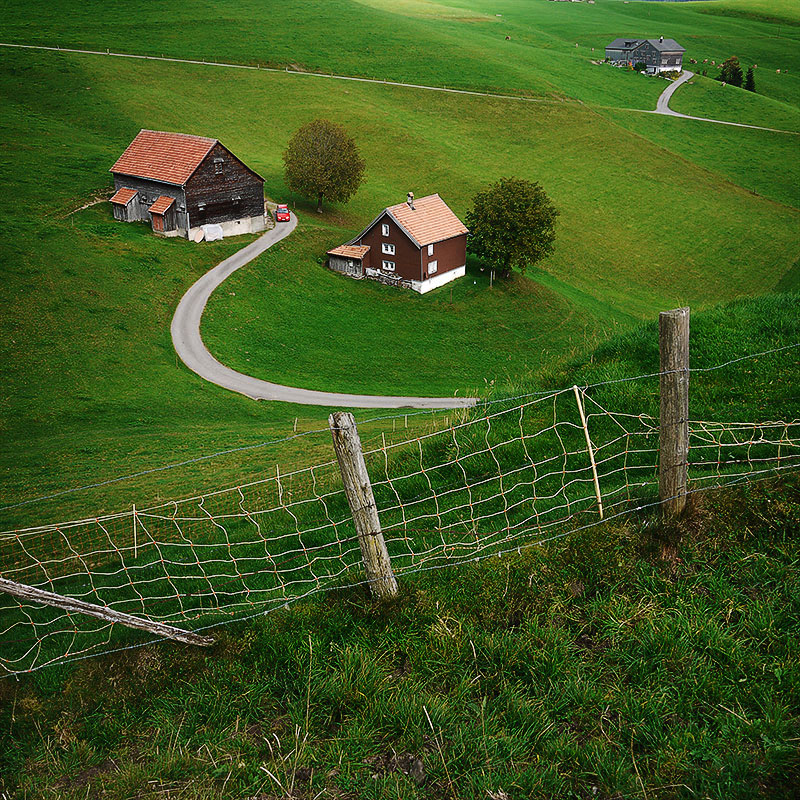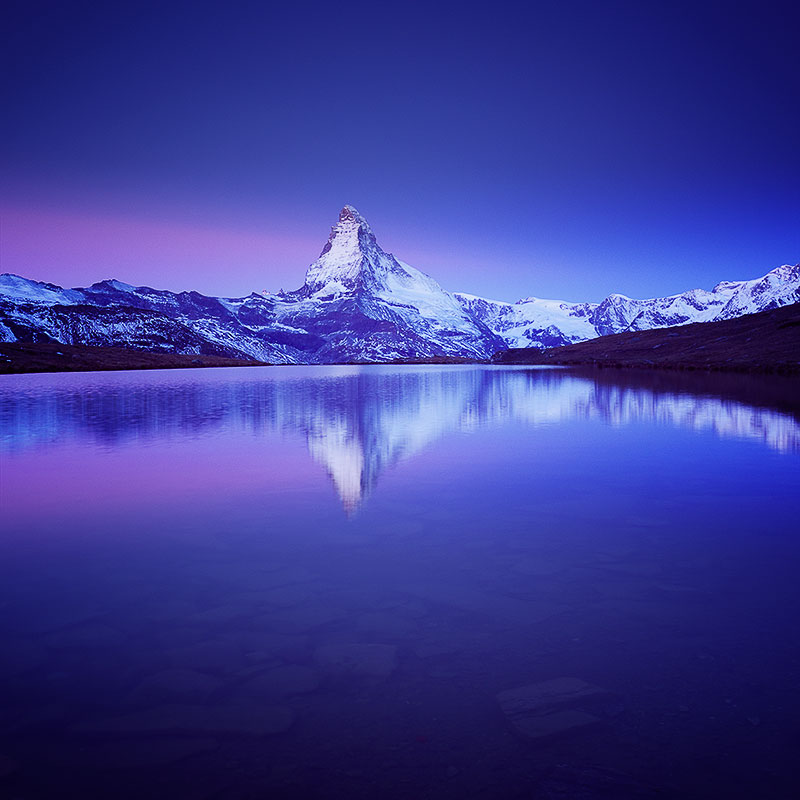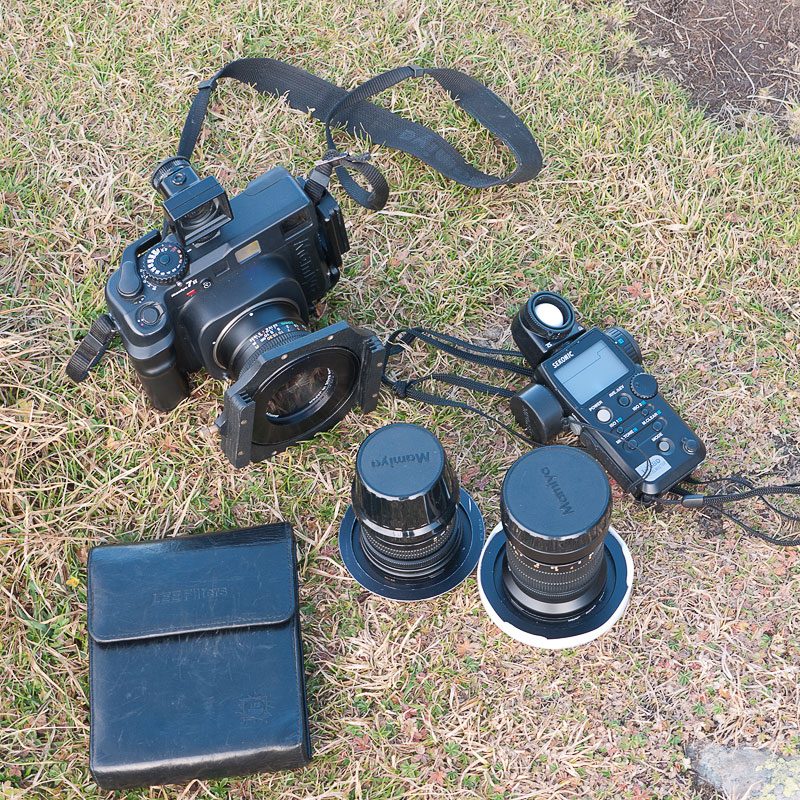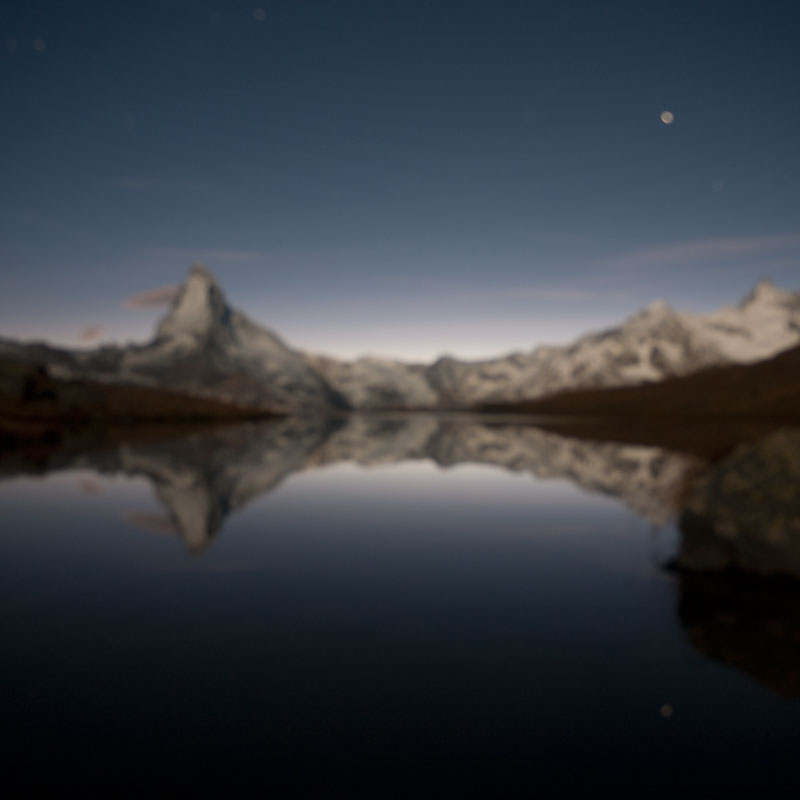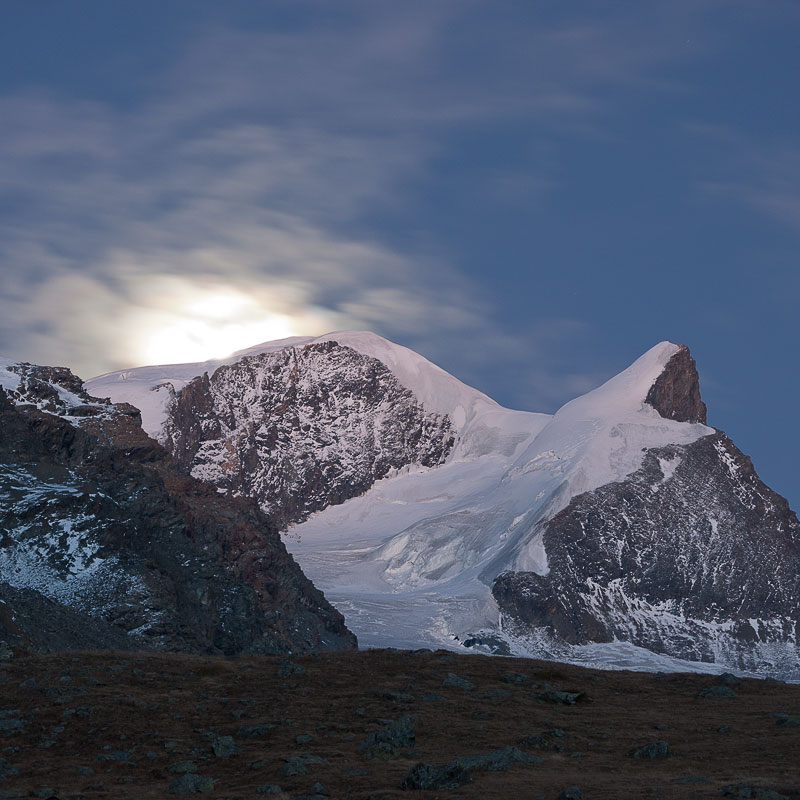Following on from yesterday's post, I'm still messing around, looking through the batch of transparencies I have had lying around for the past six month, or in the case of this image of the Matterhorn in Switzerland - since last October (Sonja - is that right?).
 I knew I'd got some nice shots of the Matterhorn, because the light on both mornings that we were up there was something else all together. Very stunning light - the kind of light that Galen Rowell would capture and I would wish to get too. I love how the sun is just hitting the tip of the mountain in this shot.
I knew I'd got some nice shots of the Matterhorn, because the light on both mornings that we were up there was something else all together. Very stunning light - the kind of light that Galen Rowell would capture and I would wish to get too. I love how the sun is just hitting the tip of the mountain in this shot.
I also remember making some Lummix GF1 'notes', as I don't really feel much of a bond for digital images right now. I do think that will change over time, but right now, I'm still very much in love with Velvia, despite that I seem to have been going for a more muted colour palette the past year or so. So it's also of great delight for me to feel I've reconnected with that wow factor that Velvia provides.
However, this post is really about how I managed to let an image like this sit in a folder for months on end. As I explained yesterday, I didn't feel like doing any scanning. I didn't feel like doing much of anything to do with photography in my spare time, and I knew, just as I did when I came home from India in 2009, that I needed some distance and to rest.
I've had a really great time of late. The trips to Patagonia and Bolivia were simply incredible. Great company and great light, and I was also able to shoot some of my own images too during the trips. I've been resting for the past two weeks because it's been an extremely busy year for me. I haven't really slowed down.
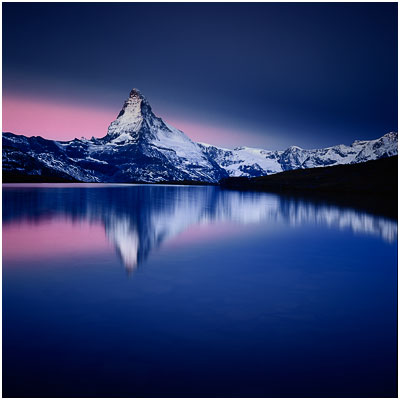 But today I felt like I was in the right mood and frame of mind to look at the images.
But today I felt like I was in the right mood and frame of mind to look at the images.
It's all about timing. If you've got a good image - it's not going to run away. I sometimes feel we're worried that if we don't edit as soon as we get home, then the image is going to disappear in a puff of smoke. It simply isn't true (unless you format your memory card, or lose your unprocessed films!). But on the contrary, editing so quickly after the shoot, can lead you to lose the image for sure. That lack of objectivity can wreak havoc with your judgement. In order to see how things really are, and to not force something to be what it may not be, you need distance. A bad memory helps also (I don't think my memory is so good these days). I can often forget that I'd even taken an image. So when I see them, it's like I'm seeing them for the first time. I'm sure that's a great benefit to accepting them as they are.
Further, I'm not one for the 'single shot'. I much prefer to work on images that are related to each other, and that can sit together to form a body of work. That to me is very inspiring as I feel the portfolio is a whole story that is slowly unraveled as each image is worked on and added to the whole. But over the past two days, I've found relief in the 'single image'. I guess it's because there's less pressure for it to stand up to existing in a set of images, and there's no worry about whether that set or portfolio is going to work together as a cohesive work. The pressure is off, or the feeling of having a lot of work in front of me has gone. Things are simpler dealing with an image and enjoying it for what it is, rather than how it will co-exist with other images in a set.
This has surprised me greatly. I guess these little one-off's are a delight to me, as I'm just in the mood to work on small units rather than a big portfolio right now. Hopefully, this is gearing me up for working on my Easter Island, Patagonia and Bolivia shots in a few weeks time.
Interesting times ahead.

